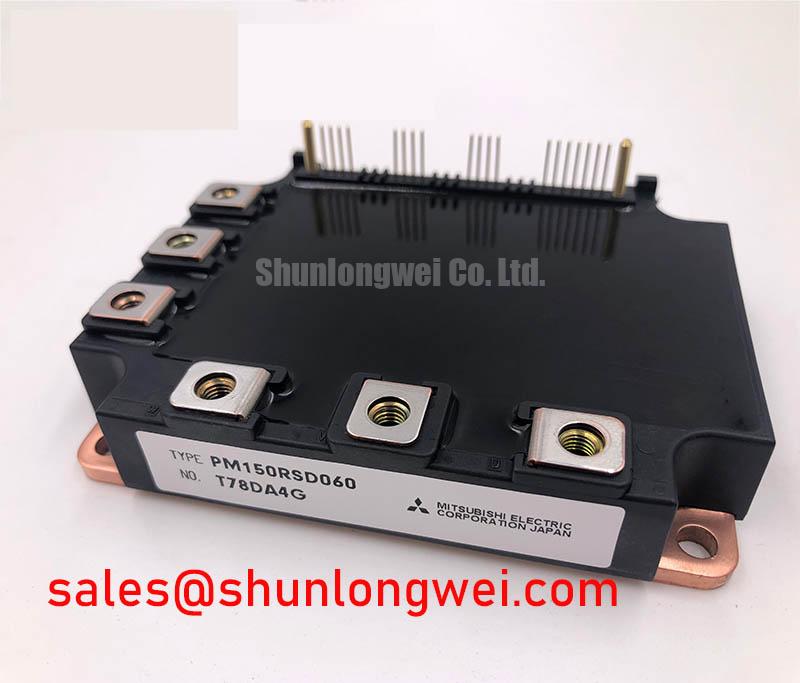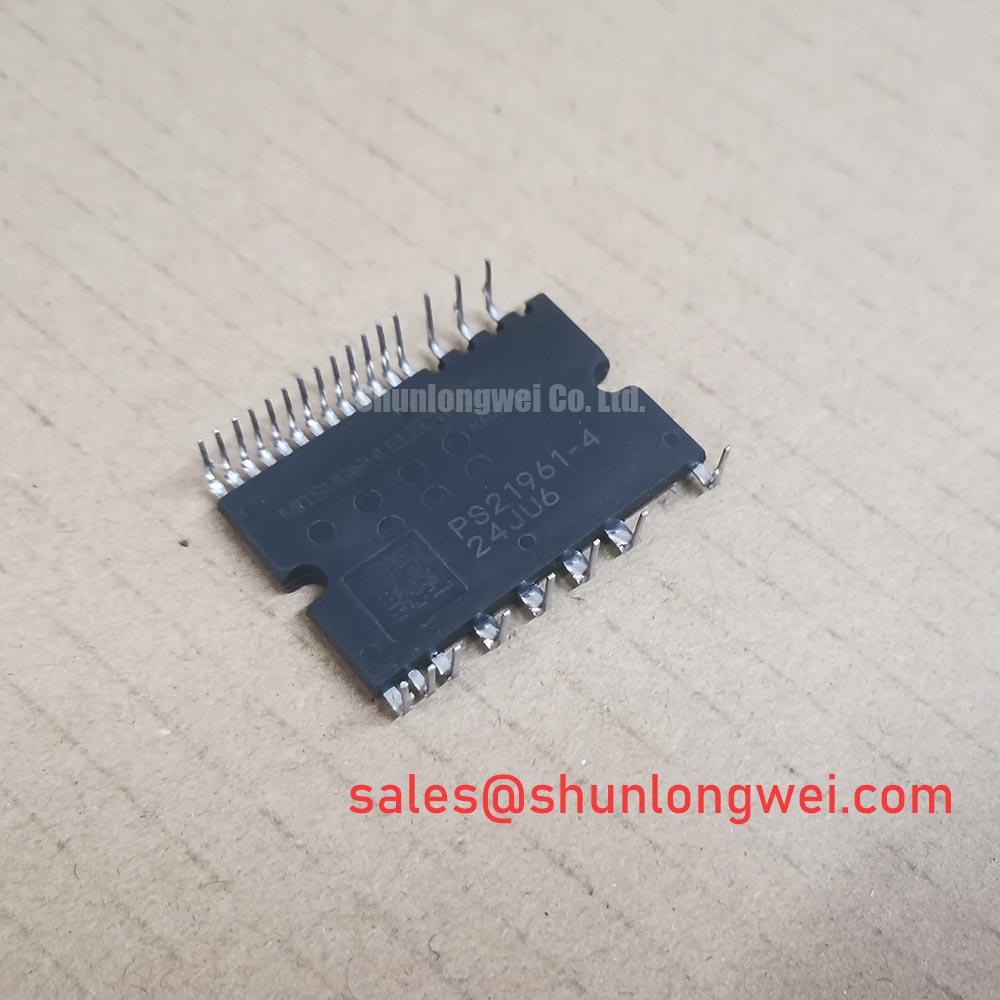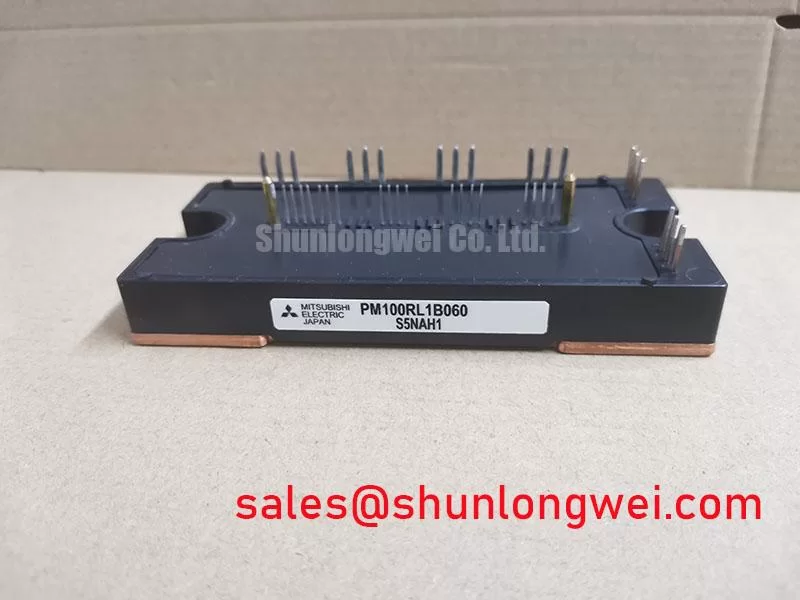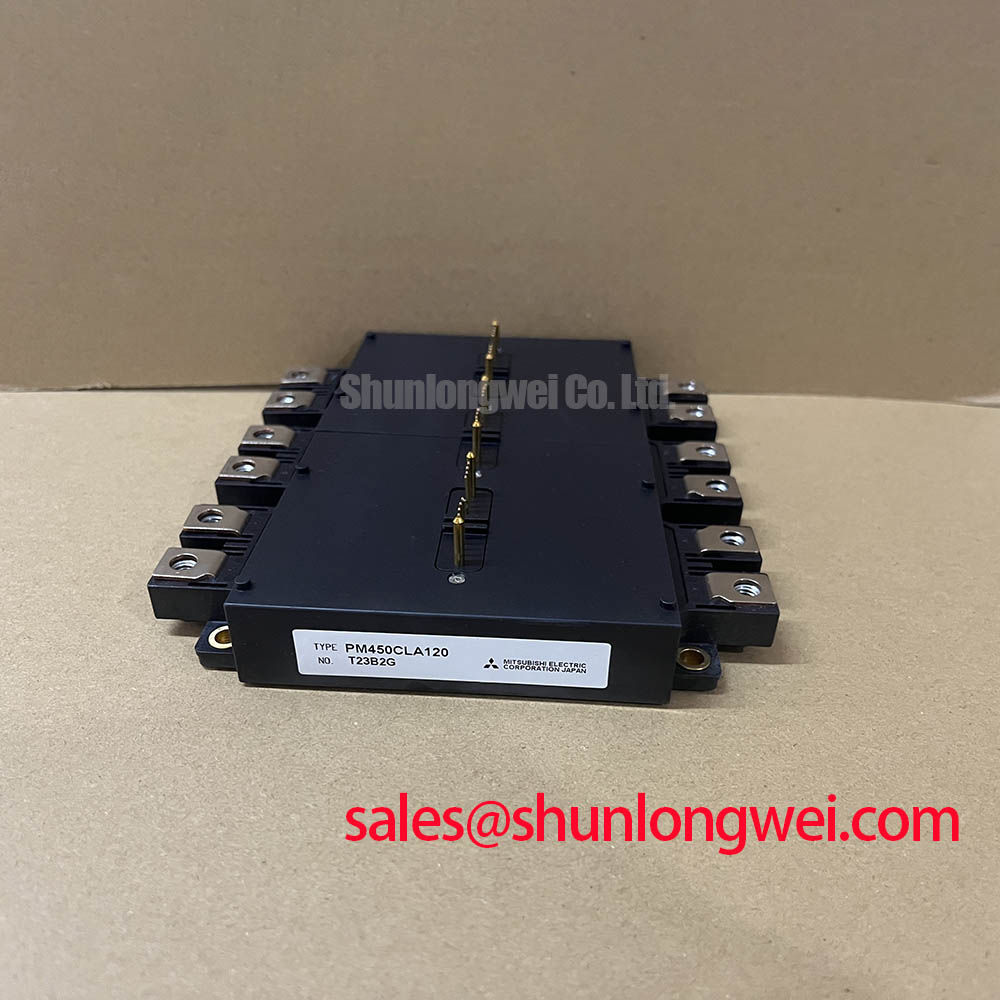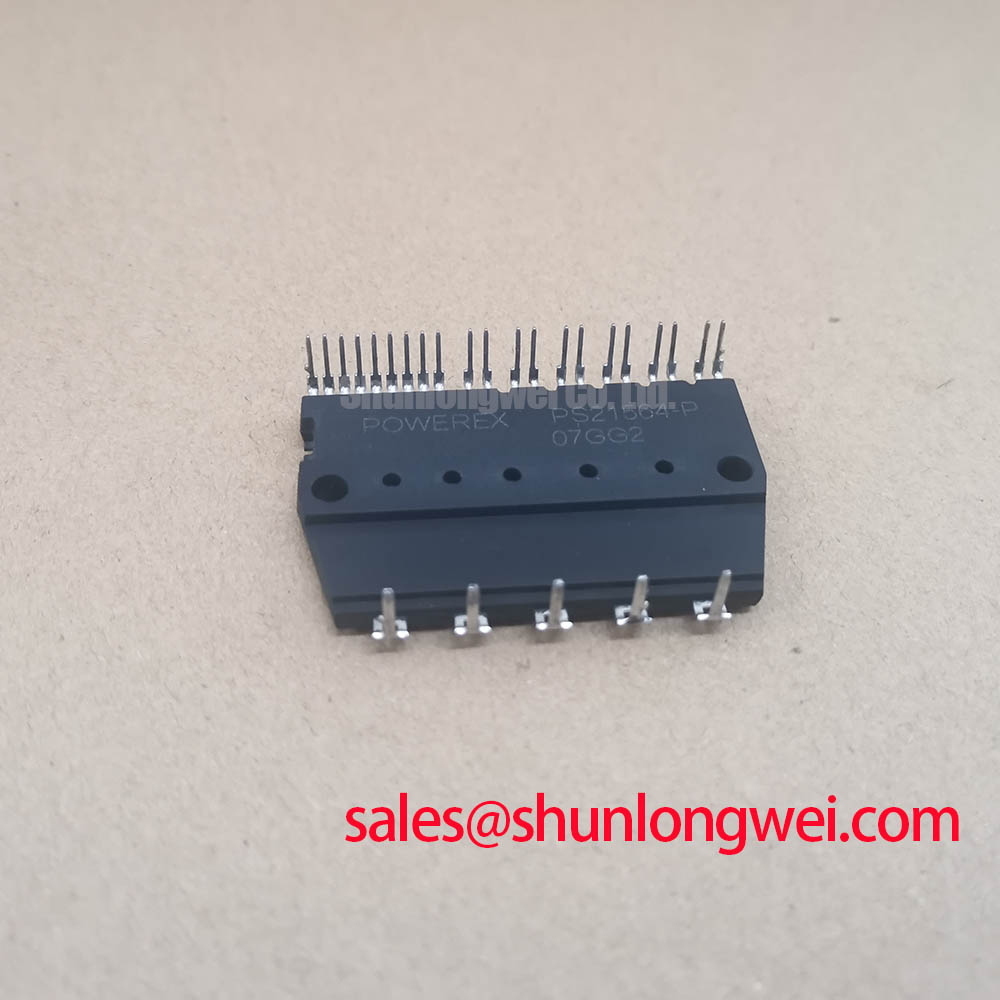Content last revised on November 17, 2025
PM100CSE120: Engineering Analysis of a 1200V/100A Intelligent Power Module (IPM)
Introduction: Core Specifications and Value Proposition
The Mitsubishi PM100CSE120 is an L-Series Intelligent Power Module (IPM) that delivers robust inverter performance by integrating a complete three-phase IGBT bridge with optimized gate drive and comprehensive protection circuits. With primary ratings of 1200V | 100A | VCE(sat) 2.7V (max), this module provides two critical engineering benefits: enhanced system reliability and significantly simplified control circuitry. This IPM addresses the need for fault-tolerant power stages by including built-in short-circuit and over-temperature protection, which streamlines safety compliance. For mid-power (up to ~30kW) motor drives and power converters requiring high operational reliability, the PM100CSE120's integrated protection makes it a strategic choice.
Key Parameter Overview
Decoding the Specs for System-Level Reliability
The following parameters from the PM100CSE120 datasheet are fundamental to its performance in demanding power conversion applications. The engineering implications highlight how each specification translates into tangible design advantages.
| Parameter | Value | Engineering Implication |
|---|---|---|
| Collector-Emitter Voltage (VCES) | 1200V | Provides a substantial safety margin for applications on 400V to 480V AC lines, ensuring robust operation under voltage transient conditions. |
| Collector Current (IC) | 100A (Tc = 25°C) | Supports sufficient power handling for a wide range of industrial motor drives and general-purpose inverters, typically in the 15-30 kW range. |
| Collector-Emitter Saturation Voltage (VCE(sat)) | 2.2V (typ) / 2.7V (max) @ Ic=100A | A lower VCE(sat) value directly translates to reduced conduction losses, which minimizes heat generation and allows for more compact heatsink designs. |
| Isolation Voltage (Viso) | 2500Vrms (for 1 minute) | Ensures high electrical isolation between the power circuit and the mounting base, simplifying thermal assembly and enhancing overall system safety. |
| Short-Circuit Protection (SC) | Integrated | Protects the module from destructive short-circuit events by safely shutting down the IGBTs, a critical feature for building reliable and fault-tolerant systems. |
| Over-Temperature Protection (OT) | Integrated (L-level signal) | Prevents thermal runaway by monitoring junction temperature and triggering a fault signal, protecting the device and increasing its operational lifespan. |
Download the PM100CSE120 datasheet for detailed specifications and performance curves.
Application Scenarios & Value
Achieving Robust Performance in Industrial Motion Control Systems
The PM100CSE120 is engineered for high-reliability applications where uptime and fault tolerance are critical. Its primary use cases include general-purpose inverters, AC servo drives, and other Motion Control Systems. A key engineering challenge in these systems, particularly in a Variable Frequency Drive (VFD), is managing fault conditions like motor winding short-circuits or load jams that cause extreme over-currents. Without immediate protection, such events can lead to catastrophic IGBT failure.
This is where the integrated functionality of the PM100CSE120 provides decisive value. The module's built-in short-circuit protection continuously monitors the device's status. If a fault is detected, it autonomously shuts down the IGBTs within microseconds—far faster than most external monitoring circuits—and issues a fault signal to the host microcontroller. This self-protection capability eliminates the need for complex, costly, and board-space-consuming external protection circuits, directly reducing the Bill of Materials (BOM) and simplifying the design of the control and safety loops. The result is a more robust, reliable, and cost-effective final product. While the PM100CSE120 is rated for 100A, systems with lower power requirements might consider the pin-compatible PM75CSE120 for a more cost-optimized solution.
Technical Deep Dive
A Closer Look at the Integrated Control and Fault Management Interface
A significant advantage of the PM100CSE120 lies in its simplified control interface, designed for direct connection to a system's MCU. What does direct connection to a system microcontroller mean for a design engineer? It means the logic-level Pulse Width Modulation (PWM) signals from the processor can be applied directly to the module's input pins without complex intermediary gate driver stages. The IPM contains all the necessary level-shifting, buffering, and dead-time generation logic internally.
The fault feedback mechanism is equally streamlined. The fault output (Fo) pin is an open-collector output, which provides an elegant way to manage system-level errors. In the event of a short-circuit, over-temperature, or supply under-voltage condition, this pin is pulled low. This signal can be used to trigger an interrupt on the MCU, allowing the system to immediately enter a safe state. Think of this integrated protection and fault feedback loop as an autonomous safety system for the power stage. While a discrete IGBT solution requires the engineer to design, validate, and implement this entire safety system from scratch, an Intelligent Power Module (IPM) like the PM100CSE120 provides a pre-engineered, reliable solution that accelerates development and enhances final product robustness.
Frequently Asked Questions (FAQ)
What is the primary advantage of the PM100CSE120 being an Intelligent Power Module (IPM)?
The main advantage is integration. It combines the six IGBTs for a three-phase bridge with the gate drive circuits and, most importantly, protection features (short-circuit, over-temperature, under-voltage) into a single, pre-optimized package. This simplifies design, reduces component count, and increases overall system reliability.
How does the integrated short-circuit (SC) protection in the PM100CSE120 simplify system design?
It eliminates the need for external desaturation detection circuits and high-speed current sensors for protection purposes. The module can protect itself from destructive fault currents, reducing design complexity, PCB space, and the overall Bill of Materials (BOM) while ensuring a rapid and reliable shutdown during a fault event.
The datasheet specifies a VCE(sat) of 2.7V max. What does this mean for thermal management?
VCE(sat) is the voltage drop across the IGBT when it is fully on. A lower value means less power is dissipated as heat during conduction (P_loss = VCE(sat) * Ic). The specified value indicates that the module is designed for moderate conduction losses, which is a key input for selecting an appropriately sized heatsink to maintain the junction temperature within safe operating limits.
Can the PM100CSE120 be interfaced directly with a 3.3V or 5V microcontroller?
Yes, the module is designed with a high-impedance CMOS compatible input (HVIC logic), allowing it to be driven directly from the logic-level outputs of most standard 3.3V or 5V microcontrollers. This eliminates the need for an intermediate buffer or level-shifter stage, simplifying the control interface.
What is the function of the fault output (Fo) pin and how should it be used in a control circuit?
The Fo pin is an open-collector, active-low fault signal. In normal operation, it is high. If the module's internal protection (SC, OT, or UV) is triggered, the Fo pin is pulled to the low level (Vsc). This signal should be connected to an interrupt pin on the host MCU to alert the system of a fault, allowing the controller to immediately cease PWM signals and initiate a safe shutdown or error-handling routine.
Engineer's Perspective
System-Level Design Considerations
From an engineering standpoint, selecting the PM100CSE120 is a strategic decision that trades raw switching performance for unparalleled integration and reliability. While discrete IGBTs may offer slightly lower VCE(sat) or faster switching speeds, they shift the burden of gate drive design, dead-time control, and robust protection onto the design team. The PM100CSE120 abstracts this complexity away. It is an ideal component for engineering teams looking to accelerate time-to-market and enhance the field reliability of their products, particularly in industrial environments where fault conditions are a realistic operational concern. The key to successful implementation is proper thermal design to leverage its power handling capabilities and careful integration of its fault feedback signal into the system's core control logic.

